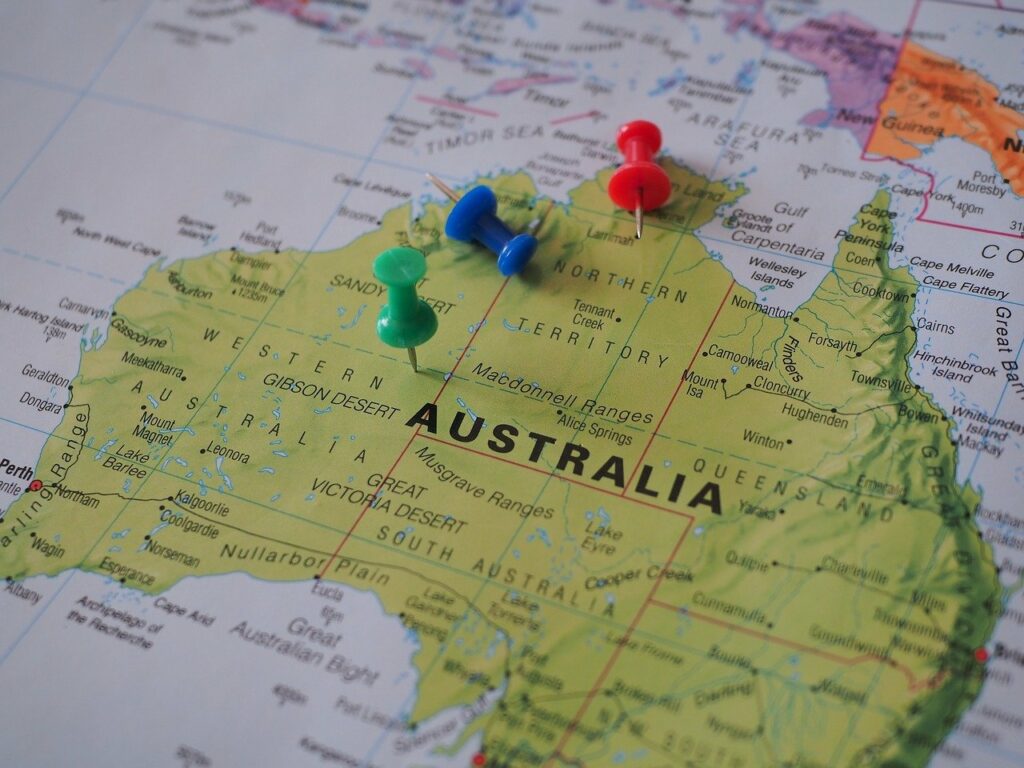Australia has set its sights on becoming a global leader in hydrogen production, aiming to position itself as a renewable energy superpower.
The Australian Government’s commitment to green hydrogen is clear, with plans to produce 500,000 tonnes per year by the 2040s. This target aligns with the current industrial hydrogen usage in the country, which is predominantly sourced from fossil fuels. The Commonwealth Government’s Hydrogen Production Tax Incentive (HPTI) aims to boost this sector with substantial subsidies. Yet, despite these initiatives, the projected numbers suggest only a modest increase in production.
According to the government’s own budget, hydrogen production is expected to average 335,000 tonnes per year by 2033-34, rising to 550,000 tonnes annually from 2040 onwards. Compared to the current hydrogen production and usage, these figures imply that there will be no surplus for export until at least the mid-2040s. This raises questions about the feasibility of Australia’s aspirations to become a major hydrogen exporter in the near term.
The HPTI is projected to cost $6.7 billion over ten years, with an annual average expenditure of $1.1 billion from 2034-35 to 2040-41. While this investment is substantial, it falls short of the financial commitment needed for Australia to truly become a global hydrogen leader. To capture 30% of the projected global hydrogen market by 2035, Australia would need to produce 35 million tonnes annually, requiring an estimated $70 billion in subsidies for that year alone. Given current budget allocations, this scenario seems unlikely.
In the initial stages, green hydrogen is expected to replace existing industrial applications such as ammonia production for explosives and fertilizers. This internal consumption model suggests that Australia will not have sufficient hydrogen production to support a significant export industry for the foreseeable future. The narrative of Australia becoming a renewable energy superpower through hydrogen exports thus appears more fantasy than fact.
This situation is part of a broader trend within global hydrogen policy: a history of unfulfilled targets and exaggerated claims. Australia’s hydrogen ambitions seem to follow this pattern, serving more as a tool for political greenwashing than a feasible path to decarbonization. Various analysts and reports have noted the widening gap between hydrogen targets and actual production capabilities.
